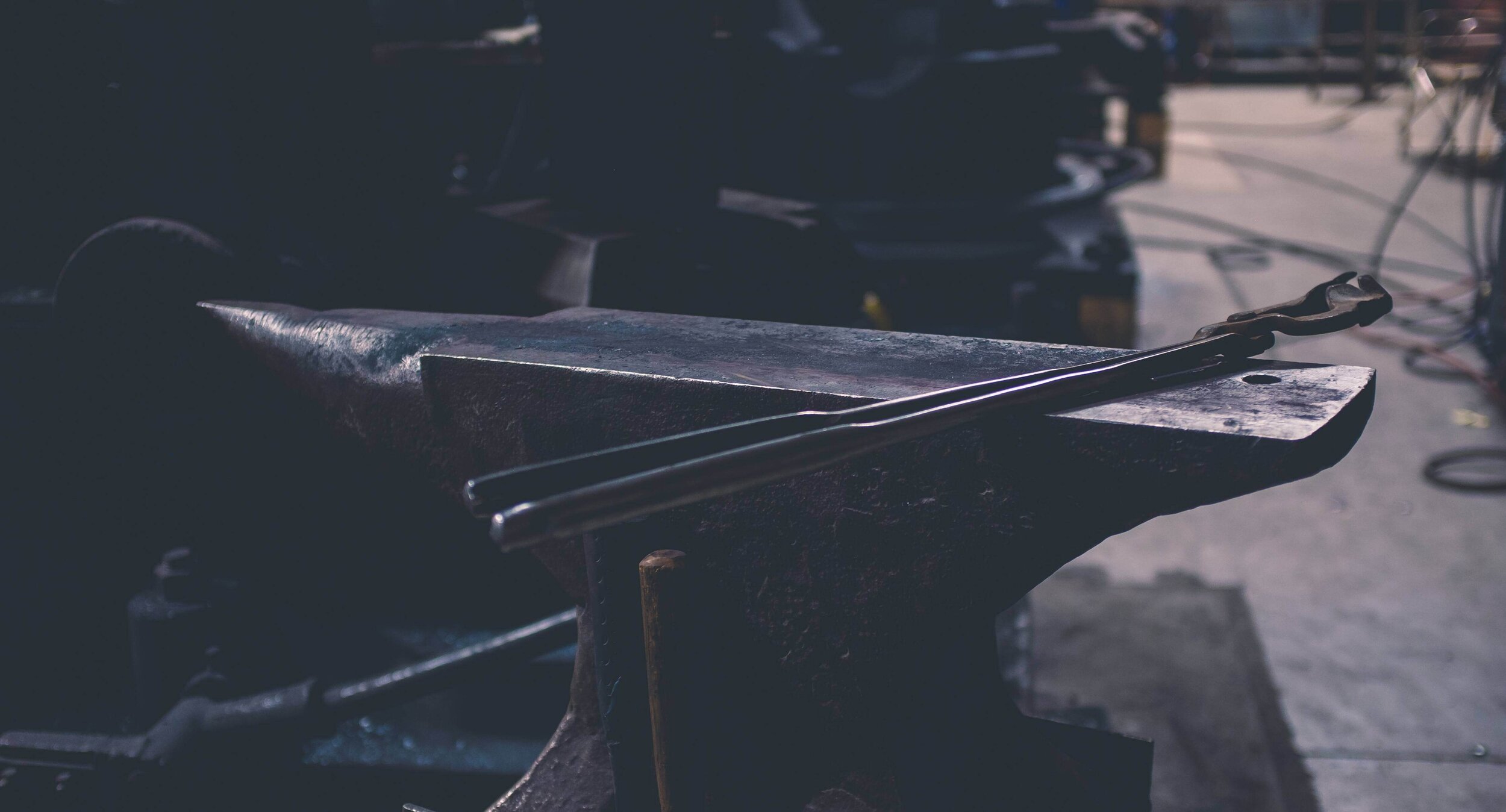Mastering your craft is satisfying in FFXIV.
If you can craft high-quality (HQ) items, you become an indispensable member of society who can barter and earn money quickly. Earning a lot of Gil grants further privileges such as the ability to buy and furnish a house.
With great crafting abilities, you become self-reliant and can make the best armor, the best weapons, and the best accessories. You make everything look and feel exactly how you want.
This article describes how to craft HQ items in FFXIV. The article describes the significance of crafting in-game, choosing crafting jobs, leveling, gathering HQ items, probabilities of getting HQ items, and more.
I hope this article is a valuable resource for you on your FFXIV journey.
Also, if you love JRPGs and Final Fantasy lore, I stream! Feel free to stop by and chat at Miranda Lemons on Twitch.
Overview of Crafting HQ Items
Here is the high-level overview of HQ items and HQ crafting:
- HQ items have better characteristics and powers as compared to the items from your actual level. They are often a level above.
- HQ items cannot be bought through the regular NPC vendors and are much more expensive to buy from the market place. NPC vendors usually only offer low-quality materials. These can only cover the needs of levels 10 to 15.
- HQ items require high-quality materials to construct them, which means that you are unlikely to survive in the craft classes alone.
- Crafting is a time-intensive skill to build, and most people are not ready for the art. This skill is achieved by spending hour upon hours doing minuscule jobs. So if you are ready to join the ranks of skilled craftsman, then by all means proceed further.
All the Crafting (and Gathering) Classes You Must Choose
All crafting classes have some level of interaction with each other, so unlocking as many as you can and leveling the classes alongside each other is wise.
I recommend you level your gathering and crafting classes in batched levels of 5 or 10.
Crafting Classes best for Disciples of War:
- Blacksmith: Crafts weapons excluding staffs and bows
- Armorer: Crafts armor
- Carpenter: Crafts furniture, raw wood material, weapons such as staffs and bows as well as other goods
- Leatherworker: Crafts armor and accessories as well as raw leather material
Crafting Classes best for Disciples of Magic:
- Weaver: Crafts light armors and accessories such as robes for mages
- Goldsmith: Crafts rings, earrings, necklaces, staves and sceptres
- Alchemist: Crafts consumables, elixirs, inks, wands, and grimoires
There is also the Culinarian class, which crafts consumables, but like Fisher, I feel the class is not as valuable as the others.
To save money, you should also be leveling the gathering classes, also known as the Disciples of the Land.
Gathering classes:
- Botanist: Gathers resources from trees and plants that are most helpful for carpenters, weavers, culinarians, and alchemists
- Miner: Gathers ore and minerals that are most helpful for blacksmith, armorer, and goldsmith.
- Fisher: Catches fish. 🤷Among the most useless of the classes.
Leveling and HQ Items
The higher the level, the easier it is to gather and craft HQ items. Levequests are the best way to gain level quickly. They are far more effective for leveling than the tiresome guild quests.
I recommend prioritizing Levequests while even skimping on the guild quests by buying the materials early on rather than gathering or crafting them as intended.
With Levequests, it is easy to far over-level the guild quests, making them a waste of time for little experience.
Levequests
It’s in the name: Level-Quest. Levequests are designed to help you level, so use these quests liberally. These are available in each crafting class from level 1. These quests can be taken from Levemetes in the regions of Eorzea.
Supply Missions
Supply missions consist of daily duties available for each crafting class. These are available when you join one of the Grand Companies.
Progress of Crafting
The progress of Crafting is generated by Synthesis. Progress grows as the recipe becomes easier for your level. Therefore, you can’t rely on progress value for the lower-level items while crafting a higher-level one. The progress, made by any same-level class (with equivalent equipment) for any same-level item will be the same.
Striving for Quality
Crafting for quality deals with how to combine different actions and successfully accomplishing a synthesis.
This is easier said than done as there is no exact formula to accomplish this task. You need to understand that most crafting actions have a probabilistic nature.
You need to hold numbers in your head if you want to strive for HQ.
Crafting Simulation [Example]
Scenario: Suppose you need to construct some material with minimal difficulty and you have 192 CP for improving its quality.
Objective: Compose different combinations available in crafting arsenal, which you might have taken with given amount of CP. Then you need to compute how much quality points you may obtain with each combination.
Your success rate depends upon the probability of that whole sequence, as shown in the following data:
Scenario 1:
- Actions Taken: 1 Masters’ Mend (CP:92), 5 Basic touch (CP:18, eff:1.0, prob:0.7)
- Success Rate: 0.17
- Average Efficiency: 0.84
- Maximum Efficiency: 5
Scenario 2:
- Actions Taken: 1 Masters’ Mend (CP:92), 1 Steady Hand (22CP), 4 Basic Touch (CP:18, eff:1.0, prob:0.7+0.2)
- Success Rate: 0.66
- Average Efficiency: 2.62
- Maximum Efficiency: 4
Scenario 3:
- Actions Taken: 1 Masters’ Mend (CP:92), 3 Standard Touch (CP:32, eff:1.25, prob:0.8)
- Success Rate: 0.51
- Average Efficiency: 1.92
- Maximum Efficiency: 3.75
Scenario 4:
- Actions Taken: 1 Steady Hand (22CP), 3 Standard Touch (CP:32, eff:1.25, prob:0.8+0.2)
- Success Rate: 1.00
- Average Efficiency: 3.75
- Maximum Efficiency: 3.75
See the following takeaways analyzing the table above:
- Using Basic Touch only is best when you have a lot of materials, time, and need to make just one or two HQ items in a batch. The maximum amount of quality you may obtain using Basic touch 5 times seems too small at 17%. This method is most suitable when you couldn’t approach to 100% of quality points.
- Standard touch is most useful when the limit of Durability is tighter than limit of CP. Standard Touch, in this condition, loses in both the average and maximum efficiency due to much more CP cost and lesser advantage in efficiency. It isn’t a right choice when you have small amount of CP.
- The most effective method is buffing Basic Touch with Steady Hand, which increases probability of first one up to 90%. This method gives a maximum average efficiency and is a best choice if you needs to create a lot of HQ items.
Probability of HQ
If your crafting progress has a linear scale, then the chance to create HQ items has a more complex dependency on the amount of quality points.
In simple words it just means more and more practice.
The Impact on Quality When Crafting with HQ Ingredients
You can gather some initial quality points by gathering high quality ingredients.
Consider the number of HQ items in a recipe:
- Half HQ Recipe: Using about half of high-quality ingredients will allow you to produce HQ items will allow you to produce HQ items from about a middle of your current recipe list.
- Full HQ Recipe: With the full set of HQ ingredients, you can make HQ item from any recipe in your current level. Initial quality while crafting reaches about a half of the maximum value.
- No HQ Recipe: Low-level ingredients used high-level recipes gives no significant amount of quality. So the better solution is simply to buy them from nearest NPC.
Importance of Material Condition
Material conditions play an integral part in the whole Crafting process. Quality goes down the more you touch in crafting.
Except for the default “normal” condition, there are two other helpful qualities like “good” and “excellent”. “Poor” quality is detrimental.
Material Crafting
Material crafting usually require low level of difficulty. From levels 7th to 20th, you can use the Inner Quiet to restore durability, and then use Masters Mend to get more steps.
At level 21, you unlock Great Strides, which allows you to create a better strategy. Great Strides increases the efficiency of the next Touch action by 100%.
At level 37, Hasty Touch becomes a more reliable option with Steady Hand II unlocked.
Crafting Common Items
In order to craft common items of middle-complexity, you can mix increasing quality items with synthesis, aiming to improve more and more when condition of materials becomes ‘good’ or ‘excellent’, and accomplish this without loss of productivity.
While Crafting, you should keep an eye on material conditions. When it turns to good or excellent, use the Touch action, which has maximum efficiency and success rate.
Crafting Complex Items
There are several items in the recipes section, which differs from another by ~20%-higher difficulty. They usually have 10 points of durability above common items, but requires much more steps for synthesis.
But make sure that you make test items first to see just how much progress you make, because sometimes you may underestimate your ability and unexpectedly complete synthesis by a single Rapid Synthesis before increasing quality.
Buffs and Supplementary
- Steady Hand (level 9) – One of the most useful buffs.
- Steady Hand II (level 37) – +30% to success rate.
- Inner Quiet (level 13) – Grants incremental bonus to control with every increase in quality.
- Rumination – Restores CP proportionally to the number of last Inner Quiet stacks.




